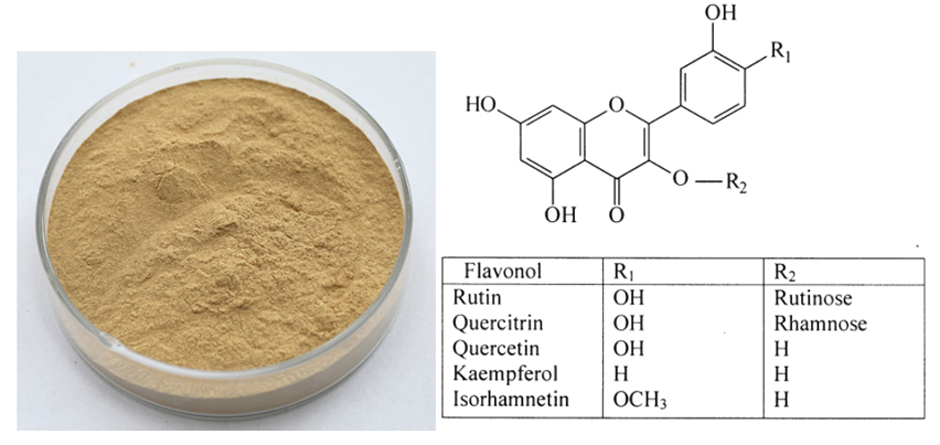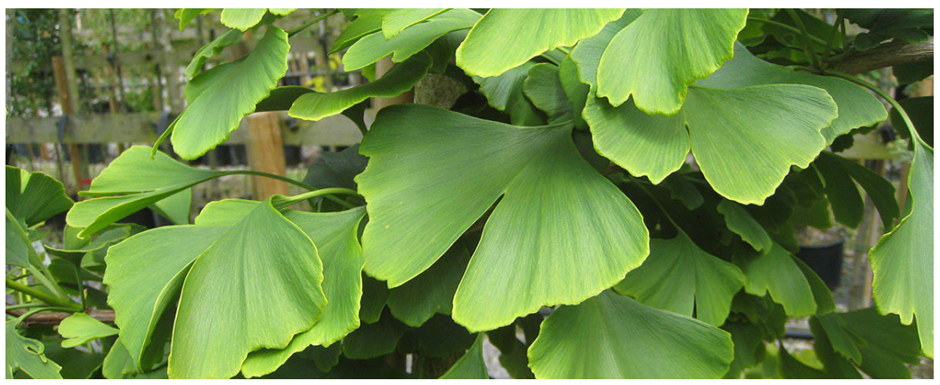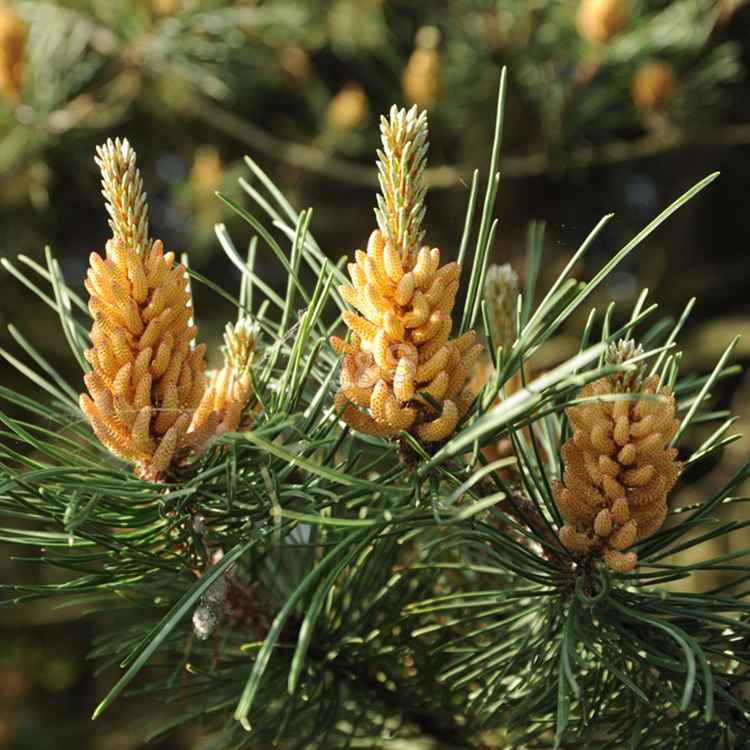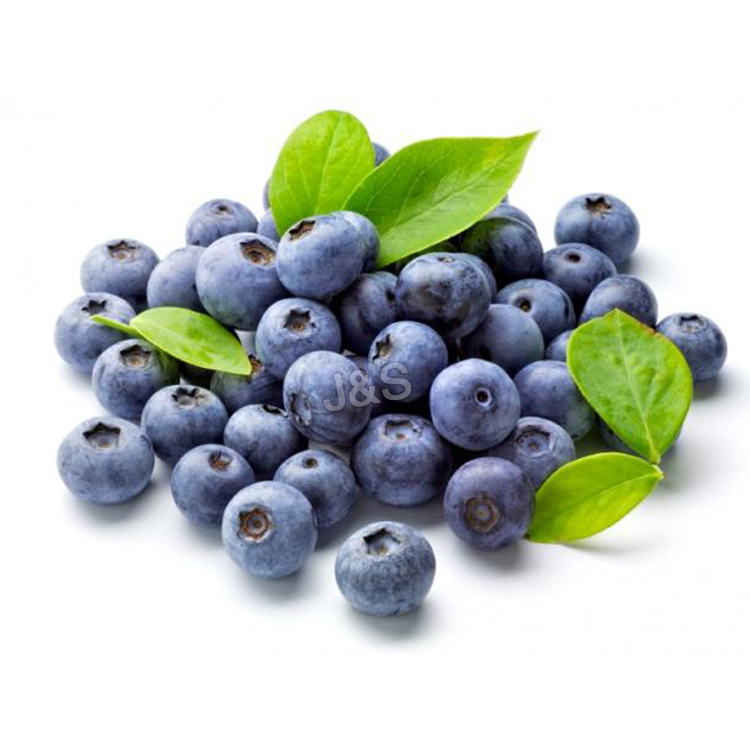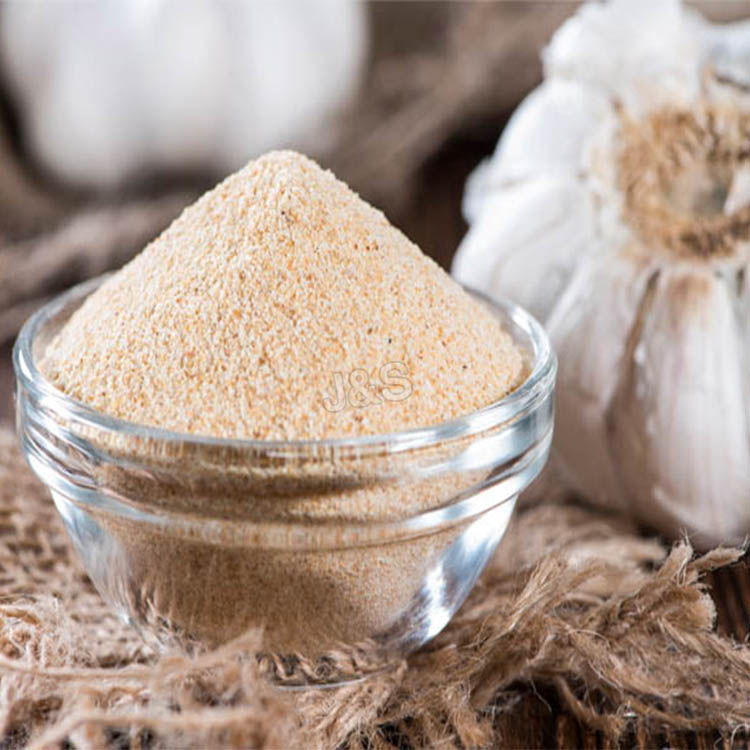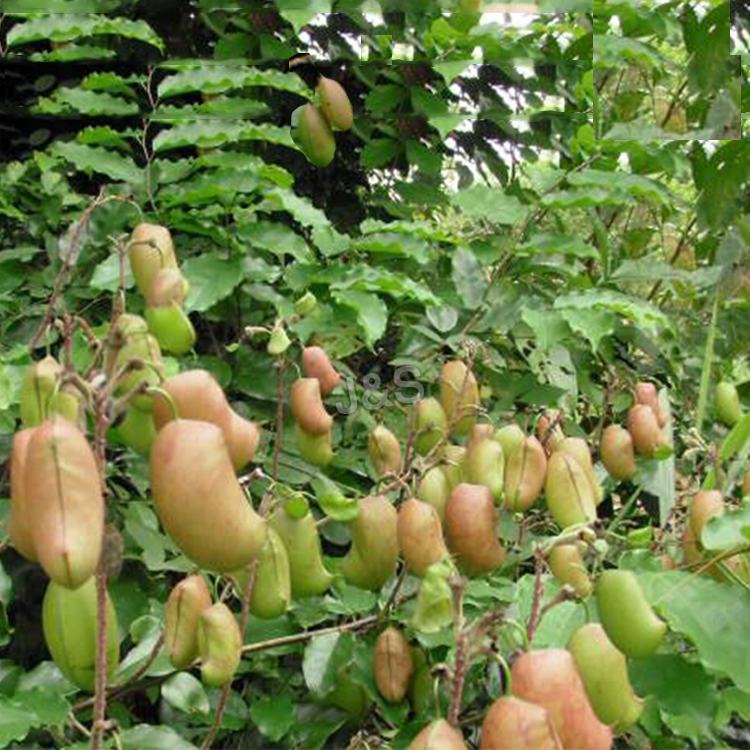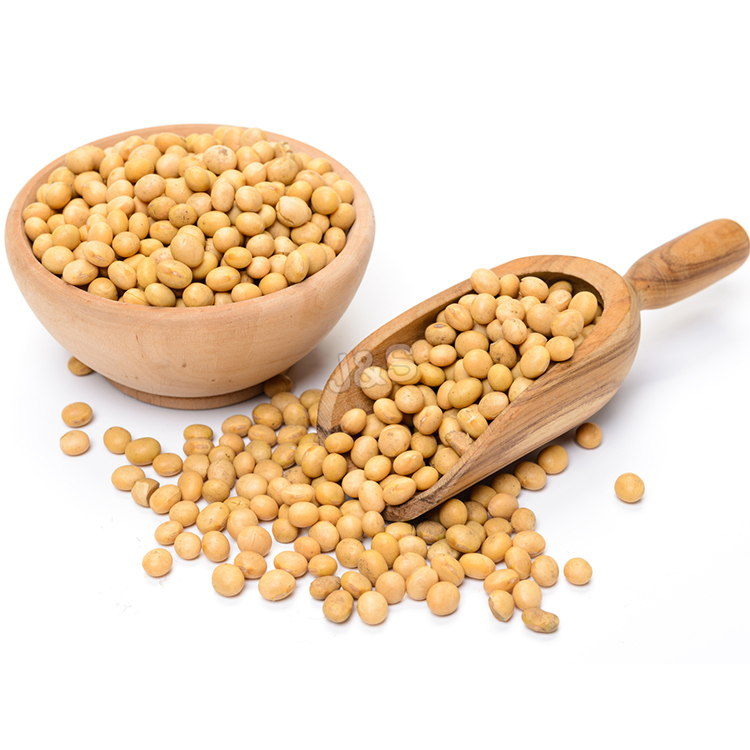Well-designed Ginkgo Biloba Extract Manufacturer in Argentina
Well-designed Ginkgo Biloba Extract Manufacturer in Argentina Detail:
[Latin Name] Cinnamomun camphcra
[Plant Source] It is extracted from Ginkgo Biloba Leaf.
[Specifications]
1, Ginkgo Biloba Extract 24/6
Total Ginkgo flavone glycosides 24%
Total terpene lactones 6%
2, Ginkgo Biloba Extract 24/6
Total Ginkgo flavone glycosides 24%
Total terpene lactones 6%
Ginkgolic acid 5ppm
3,CP2005
Total Ginkgo flavone glycosides 24%
Quercatin: kaemperol 0.8–1.5
Total terpene lactones 6%
Ginkgolic acid <5ppm
4.Germany Standard
Total Ginkgo Flavone Glycosides 22.0%-27%
Total Terpene Lactones 5.0%-7.0%
Bilobalides 2.6%-3.2%
Ginkgolic acid <1ppm
5.Water-Soluble Ginkgo Biloba Extract 24/6
Water Solubility: 5g Ginkgo Biloba Extract will be dissolved completely in 100g water
Total Ginkgo Flavone Glycosides 24.0%
Total Terpene Lactones 6.0%
Ginkgolic acid <5.0ppm
[Appearance] Light yellow fine powder
[Particle size] 80 Mesh
[Loss on drying] £ 5.0%
[Heavy Metal] £10PPM
[Extract solvents] Ethanol
[Storage] Store in cool & dry area, keep away from the direct light and heat.
[Package] Packed in paper-drums and two plastic-bags inside.
[Function]
Expanding blood vessel, resisting insufficient blood and oxygen deficit, increasing blood flow, improving cerebral arteries and distal
blood flow. Promoting cerebral circulation metabolism, improving memory function, resisting depression, resisting lipidic overoxidation,
protecting liver damage.
In clinic, curing high blood pressure, hyperlipoidemia, coronary heart disease, angina pectoris, arterial sclerosis, cerebral embolism,
senile dementia, primary and periodic dropsy, acute drumming in the ears, epicophosis, a variety of body function in disorder, dizziness
and so on.
Product detail pictures:

Related Product Guide:
Our pursuit and firm aim should be to "Always fulfill our buyer requirements". We carry on to produce and structure top-quality excellent solutions for equally our aged and new consumers and accomplish a win-win prospect for our consumers as well as us for Well-designed Ginkgo Biloba Extract Manufacturer in Argentina , The product will supply to all over the world, such as: Comoros, Spain, Belarus, Now we've been sincerely consider to grant brand agent in different areas and our agents' maximum margin of profit is the most important thing we care about. Welcome all of the friends and customers to join us. We have been ready to share win-win corporation.
How to Grow Stevia (Nature’s Sweetener, Stevia Rebaudiana Bertoni, Stevia Corp Farming, Sweet Herb Stevia Cultivation, Sugar substitute) Detailed Project Report, Profile, Business Plan, Industry Trends, Market Research, Survey, Machinery, Raw Materials, Feasibility Study, Investment Opportunities, Cost and Revenue, Economics Analysis, Working Capital Requirement, Cost of Project, Projected Balance Sheets, Profitability Ratios, Break Even Analysis
The Stevia plant belongs to the Composite (sunflower family of plants). Centuries ago, Natives of Paraguay used the leaves of this small, herbaceous, semi-bushy, perennial shrub to sweeten their bitter drinks. Originating in the South American wild, it could be found growing in semi-arid habitat ranging from grassland to scrub forest to mountain terrain. The plant made its way to Pacific Rim countries, where in recent decades it became cultivated domestically, used in its raw leaf form and now is commercially processed into sweetener.
The plant closely resembles to sunflower, marigolds etc. of family Asteraceae It has herbaceous growth habit. Stevia is a small shrubby perennial growing up to 65 cm tall. Stevia rebaudiana (Bert.) is a herbaceous perennial plant of the family Asteraceae.
See more:
https://goo.gl/rFwvoq
https://goo.gl/qsR57M
https://goo.gl/hrkXD2
https://goo.gl/6CtOd9
https://www.entrepreneurindia.co/
Contact us:
Niir Project Consultancy Services
106-E, Kamla Nagar, Near Spark Mall,
New Delhi-110007, India.
Email: npcs.ei@gmail.com , info@entrepreneurindia.co
Tel: +91-11-23843955, 23845654, 23845886, 8800733955
Mobile: +91-9811043595
Fax: +91-11-23841561
Website :
https://www.niir.org
https://www.entrepreneurindia.co
Tags
All About Growing the Stevia Plant, Best small and cottage scale industries, Business consultancy, Business consultant, Business guidance to clients, Business guidance, Business Plan for a Startup Business, Business start-up, Detailed Project Report on Stevia Farming unit, Download free project profile on Stevia Farming, Feasibility report on Stevia Farming unit, Free Project Profile on Stevia Farming, Great Opportunity for Startup, How to grow stevia, How to Start a Stevia Farming Business, How to Start a Stevia Farming, How to start a successful Stevia Farming business, How to start stevia cultivation, How to Start Stevia Processing Industry in India, Industrial Project Report, Modern small and cottage scale industries, Most Profitable Stevia cultivation Business Ideas, New small scale ideas in Stevia Farming industry, Pre-Investment Feasibility Study on Stevia Farming, Preparation of Project Profiles, Processing and Utilization of Stevia, Profitable small and cottage scale industries, Profitable Small Scale Stevia Farming business, Profitable stevia Plantation, Profitable Stevia Plantation, Project consultancy, Project consultant, Project for startups, Project identification and selection, Project profile on Stevia Farming, Project Report on stevia cultivation & extraction, Project Report on stevia cultivation and processing, Project report on Stevia Farming industries, Project Report on Stevia Farming unit, Project Report on Stevia, Setting up and opening your Stevia Farming Business, Small Scale Stevia Farming Projects, Small scale Stevia production line, Small Start-up Business Project, Start Up India, Stand Up India, Starting a Stevia Farming Business, Start-up Business Plan for Stevia Farming, Startup ideas, Startup Project for Stevia Farming, Startup project plan, Startup Project, Startup, Stevia Agro technology, Stevia Corp farming, Stevia Cultivation and Extraction Project Report, Stevia Cultivation and Farming Projects, Stevia cultivation Based Profitable Projects, Stevia cultivation business plan, Stevia cultivation in India, Stevia cultivation project report, Stevia cultivation Projects, Stevia Extract: Stevioside Manufacturing Plant, Stevia Faming in India, Stevia Farming Based Small Scale Industries Projects, Stevia Farming Business, Stevia Farming Detailed Project Report, Stevia Farming Detailed Project Report, Stevia Plant Farming Information Guide, Stevia Plant Process, Stevia Processing Industry in India, Stevia processing unit, Stevia processing unit, Sweet Herb Stevia Cultivation, Techno-Economic feasibility study on Stevia Farming
This is how to make a healthy pumpkin smoothie that tastes like pumpkin pie in a bowl! Only 6 ingredients in this pumpkin smoothie bowl recipe. Thick & creamy, but contains no dairy or bananas. High in protein too! You can make it paleo by using egg protein powder, or vegan by using rice or pea protein. We topped it with coconut shreds & pumpkin seeds. What will you top it with?
Pumpkin Smoothie Bowl Ingredients:
1/2 C Pumpkin Puree (unsweetened)
1 Tbsp Cashew Butter (can sub any nut butter)
1 Scoop Max’s Best Bootcamp Protein Powder (or fave brand)
8-10 Ice Cubes
1/2 Tsp Cinnamon
1/2 Tsp Vanilla Extract
Top 5 Pumpkin Benefits For Good Health:
1. Improves Vision, Skin, Nails (High in vitamin A)
2. Workout Recovery (More potassium than bananas)
3. Powerful Antioxidant (Rich in beta-carotene)
4. Good Fiber Source (4g per 1/2 cup serving)
5. Slow Burning Carbohydrate (6 net carbs per 1/2 cup serving)
More YouTube Recipes for you!
How To Grilled Chicken Recipe https://goo.gl/G19ARjMango
Apple Cider Vinegar Weight Loss Drink https://goo.gl/YVSNls
Healthy Breakfast Ideas https://goo.gl/C6XHCy
More YouTube Workouts for you!
12 Minute Kettlebell Workout for Fat Loss https://goo.gl/pLmlMY
10 Minute Cardio Workout to Lose Belly Fat https://goo.gl/85SlR0
5 Minute Intense Flat Stomach Workout https://goo.gl/gqTgbC
Let’s Connect On Social!
YouTube – https://www.youtube.com/c/MaxsBestBootcampDanbury
Facebook – https://www.facebook.com/MaxsBestBootcamp
Instagram https://www.instagram.com/maxsbestbootcamp
Twitter – https://www.twitter.com/maxsbest_
Snapchat – https://www.snapchat.com/add/maxsbest
Want to train with Max and his team of certified personal trainers? Check out our website – https://www.maxsbestbootcamp.com
Max’s Best Bootcamp
5 Shelter Rock Rd Bldg D 2nd Floor
Danbury, CT 06810
(203)826-8200
We are Danbury CT’s premier fitness bootcamp and personal training facility. Burn fat, lose weight, have fun!
Music by Top-Flow “Summer Pop Party Fun” – Item ID: 13390284 – Item Purchase Code: e569535a-10c1-4fda-a84f-07120245f01a
DELICIOUS PUMPKIN SMOOTHIE BOWL RECIPE | How To Make Pumpkin Smoothie Bowls + Top 5 Pumpkin Benefits https://youtu.be/ced71aCvFjw
The supplier abide the theory of "quality the basic, trust the first and management the advanced" so that they can ensure a reliable product quality and stable customers.
